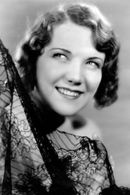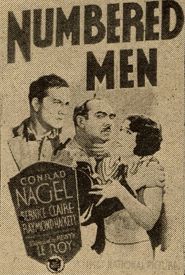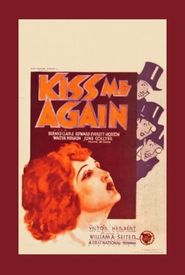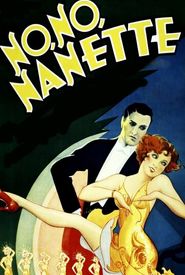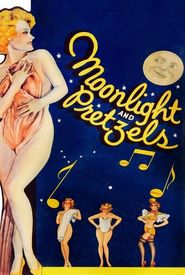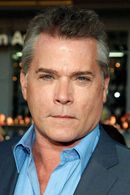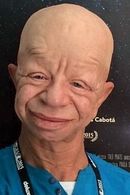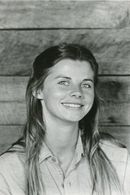Bernice Claire Jahnigen was born on March 22, 1909, in Oakland, California, to Mr. and Mrs. Adolph Jahnigen. She was a trailblazer for Jeanette MacDonald, starring alongside Alexander Gray as the operetta duo of talking pictures in 1930. Claire's publicist fabricated a teacher-student relationship between her and opera great Maria Jeritza.
Claire moved to New York in the 1920s and met singer Alexander Gray, a veteran of the Ziegfeld Follies. They co-starred in operettas such as "The Desert Song" and were signed to First National-Vitaphone after a screen test. Gray asked Claire to accompany him to a screen test, and the producers liked them so much that they were both signed. Gray was signed to co-star with Marilyn Miller in "Sunny," and Claire was assigned the starring role in the first screen version of "No, No, Nanette" (1930).
Within a year, Claire made the first screen versions of "Mlle Modiste" (1931),"Spring Is Here" (1930),"The Song of the Flame" (1930),and an original film musical "Top Speed" (1930) starring Joe E. Brown. When the studios determined that musicals had lost their drawing power, Claire was given a role in the prison drama "Numbered Men" (1930),directed by Mervyn LeRoy.
Claire returned to New York radio and appeared with many prestigious orchestras, including Rudy Vallee, Erno Rapee, and others. Her apartment was located at number 2 West 67th Street, just off Central Park West. The Vitaphone Company continued to use Claire's talent in film shorts, such as "The Red Shadow" (1932),based on "The Desert Song," with Alexander Gray.
In 1934, Claire co-starred in "The Flame Song" (1934) with J. Harold Murray in an abbreviated version of "The Song of the Flame" (1930). She also toured in vaudeville and played roles in comedies and operettas, such as "Her Master's Voice." In 1933, she and Alexander Gray sang a duet in Universal's "Moonlight and Pretzels" (1933). In 1935, Claire co-starred in a British musical film "Two Hearts in Harmony" (1935) with George Curzon.
In the 1930s, Claire's days and nights were occupied with radio and special appearances, including the 1935 San Diego Exposition. In 1937, she was elected "Miss Perfume for 1937" by delegates to the Perfume and Cosmetics Buyers Conference at the Hotel Roosevelt.
With her new dog, named "Jimmy Walker," Claire moved to a new apartment at 162 East 86th Street in the Upper East Side. On WABC, she appeared with Frank Munn in 1935, accompanied by Gustave Haenschen's Orchestra. The following year, she was on "Melodiana" for station WJZ. Instead of being cover girl for the movie magazines, now she appeared on the covers of radio magazines, such as "Tower Radio."
Throughout the country, Claire starred in numerous revivals, such as "The Chocolate Soldier," "Naughty Marietta" (Grand Rapids Municipal Opera),"The Fortune Teller," "Robin Hood," "The Firefly," "The Pink Lady," and "Salute to Spring" by Richard Berger (St. Louis Municipal Stadium).
In October 1938, when Rodgers and Hart's "I Married an Angel" was produced in Sydney, Australia, Claire played the role of Countess Peggy, which was originated by Vivienne Segal on Broadway. She returned to Australia the next year to perform "The Waltz Dream." Back in the U.S.A., she played Lorna Moon, opposite Eric Linden, in "Golden Boy." Into the 1940s, Claire continued to play leading ladies in such crowd-pleasing shows as "Irene" and "The Firefly."
When her first husband died, Claire felt unable to continue her performing. She and her second husband, Douglas Morris, owned property in southern California, including convalescent homes. During the 1970s and '80s, Claire was honored by local film societies in the San Francisco Bay Area. When her health deteriorated, she quietly left her social and professional circles for retirement.
